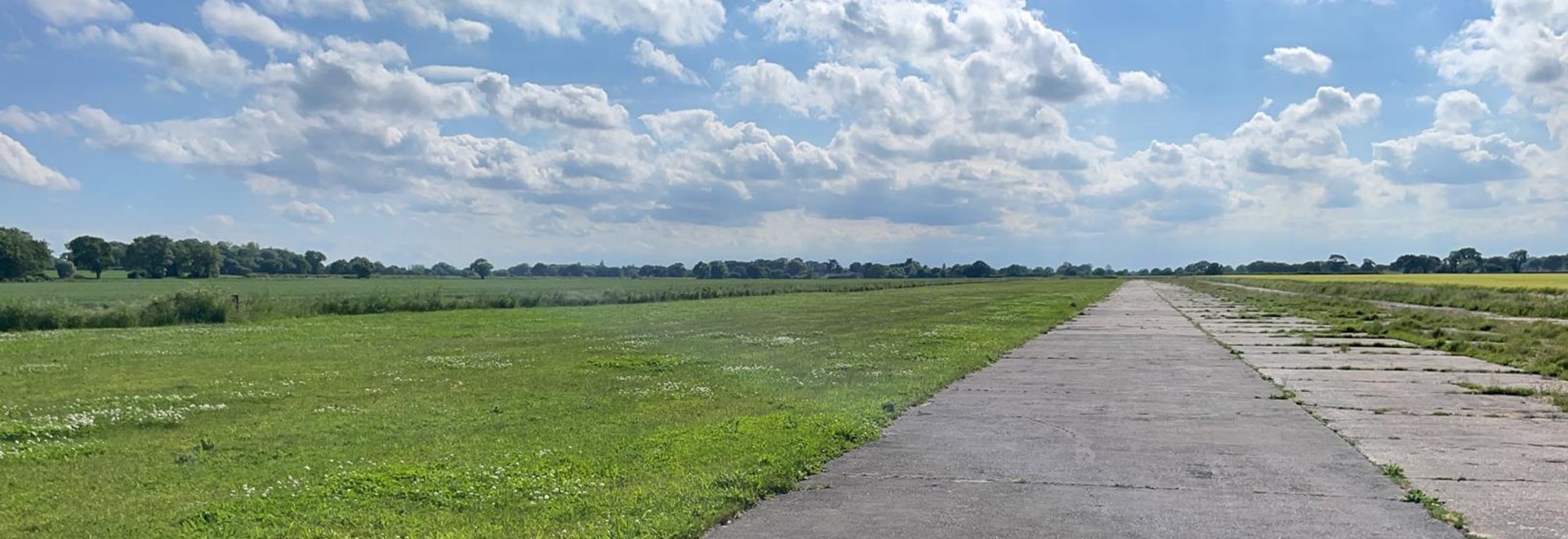Ludham Airfield Guide
Part of the Emirates Group
Safe & Secure, ATOL Protected
Over 30 Years in Business

Ludham Airfield
Take a look at our guide to Ludham Airfield. Find out more about the history of Ludham Airfield, what makes Ludham so convenient and important information about the runway.
If you’re a keen flyer, Ludham Airfield makes a convenient gateway to the Norfolk Broads. Norwich is also within easy reach, as are coastal spots like Horsey Gap and Great Yarmouth. There are other airfields nearby, too, such as Cromer Northrepps to the Northeast and Seething to the south.
Please remember that this is just a simple guide to Ludham Airfield. If you’re planning to land here, you must conduct thorough research and get permission beforehand. Any pilot or passengers flying to Ludham Airfield do so at their own risk.